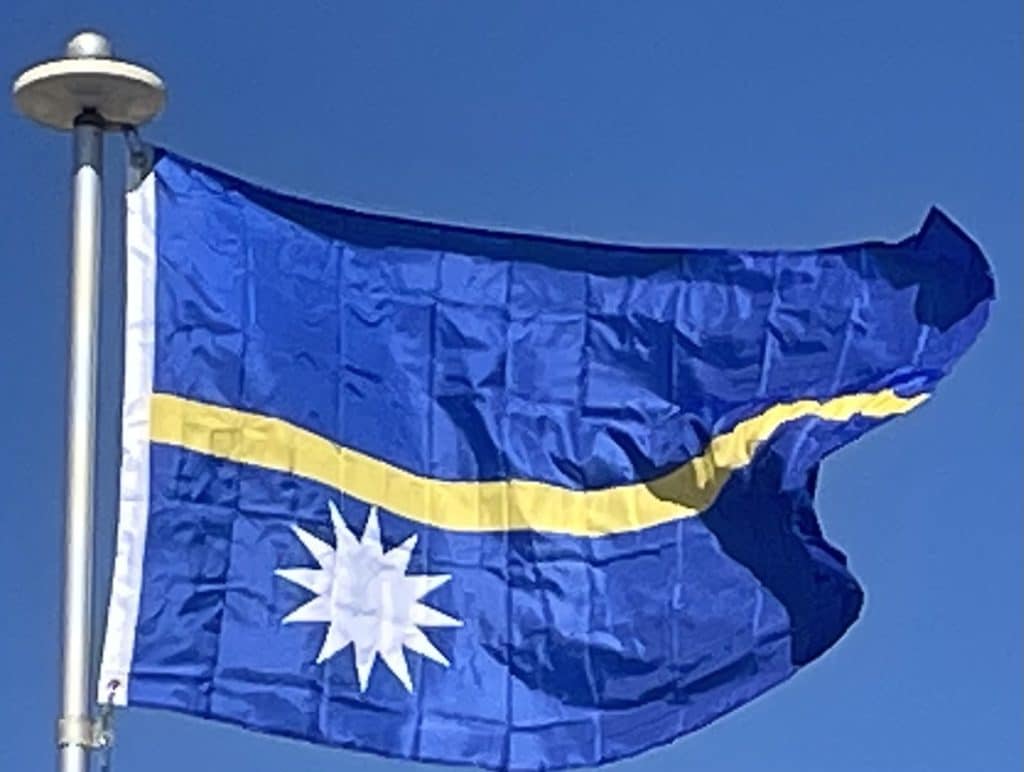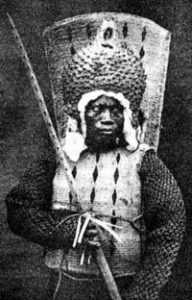
After an agreement with Great Britain, Nauru was annexed by Germany in 1888 and incorporated into Germany’s Marshall Islands Protectorate for administrative purposes. The arrival of the Germans ended the civil war, and kings were established as rulers of the island. The most widely known of these was King Auweyida. Christian missionaries from the Gilbert Islands arrived in 1888. The Germans ruled Nauru for almost three decades. Robert Rasch, a German trader who married a Nauruan woman, was the first administrator, appointed in 1890.
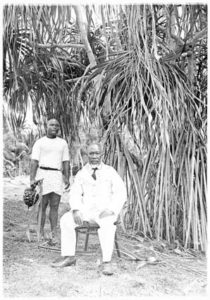
Phosphate was discovered on Nauru in 1900 by the prospector Albert Fuller Ellis. The Pacific Phosphate Company began to exploit the reserves in 1906 by agreement with Germany, exporting its first shipment in 1907. In 1914, following the outbreak of World War I, Nauru was captured by Australian troops. In 1919 it was agreed by the Allied and Associated Powers that His Britannic Majesty should be the administering authority under a League of Nations mandate. The Nauru Island Agreement forged in 1919 between the governments of the United Kingdom, Australia, and New Zealand provided for the administration of the island and extraction of the phosphate deposits by an intergovernmental British Phosphate Commission (BPC). The terms of the League of Nations mandate were drawn up in 1920.
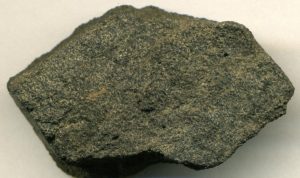
The island experienced an influenza epidemic in 1920, with a mortality rate of 18 per cent among native Nauruans.
In 1923, the League of Nations gave Australia a trustee mandate over Nauru, with the United Kingdom and New Zealand as co-trustees. On 6 and 7 December 1940, the German auxiliary cruisers Komet and Orion sank five supply ships in the vicinity of Nauru. Komet then shelled Nauru’s phosphate mining areas, oil storage depots, and the ship-loading cantilever.
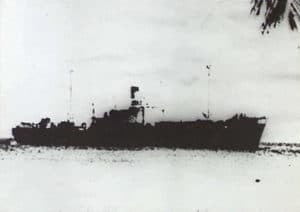
Japanese troops occupied Nauru on 25 August 1942. The Japanese built an airfield which was bombed for the first time on 25 March 1943, preventing food supplies from being flown to Nauru. The Japanese deported 1,200 Nauruans to work as laborers in the Chuuk Islands, which was also occupied by Japan. As part of the Allied strategy of island hopping from the Pacific islands towards the main islands of Japan, Nauru was bypassed and left to “wither on the vine”. Nauru was finally liberated on 13 September 1945, when commander Hisayaki Soeda surrendered the island to the Australian Army and the Royal Australian Navy. The surrender was accepted by Brigadier J. R. Stevenson, who represented Lieutenant General Vernon Sturdee, the commander of the First Australian Army, aboard the warship HMAS Diamantina. Arrangements were made to repatriate from Chuuk the 737 Nauruans who survived Japanese captivity there. They were returned to Nauru by the BPC ship Trienza in January 1946.
In 1947, a trusteeship was established by the United Nations, with Australia, New Zealand, and the United Kingdom as trustees. Under those arrangements, the UK, Australia, and New Zealand were a joint administering authority. The Nauru Island Agreement provided for the first administrator to be appointed by Australia for five years, leaving subsequent appointments to be decided by the three governments. However, in practice, administrative power was exercised by Australia alone.
